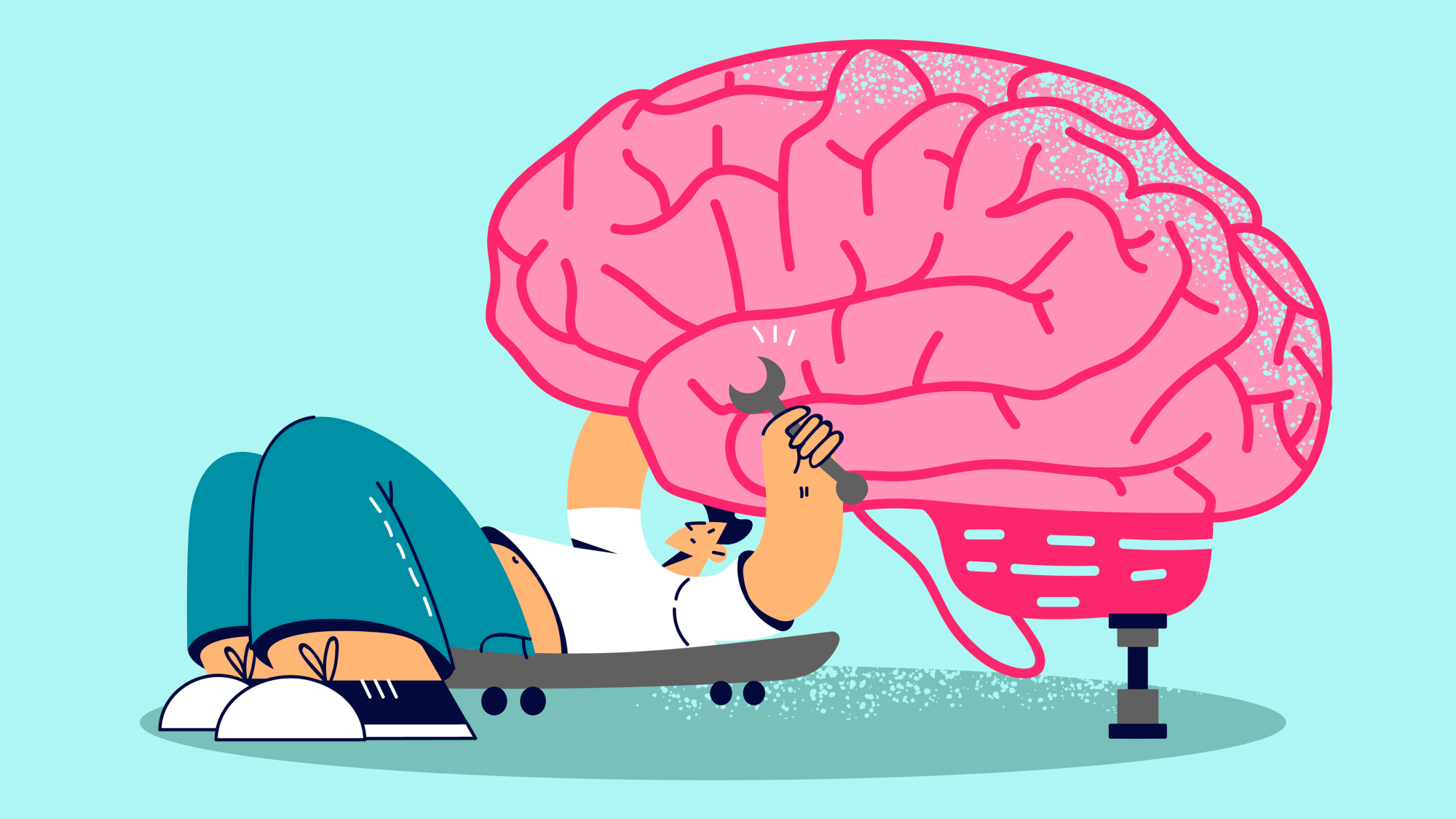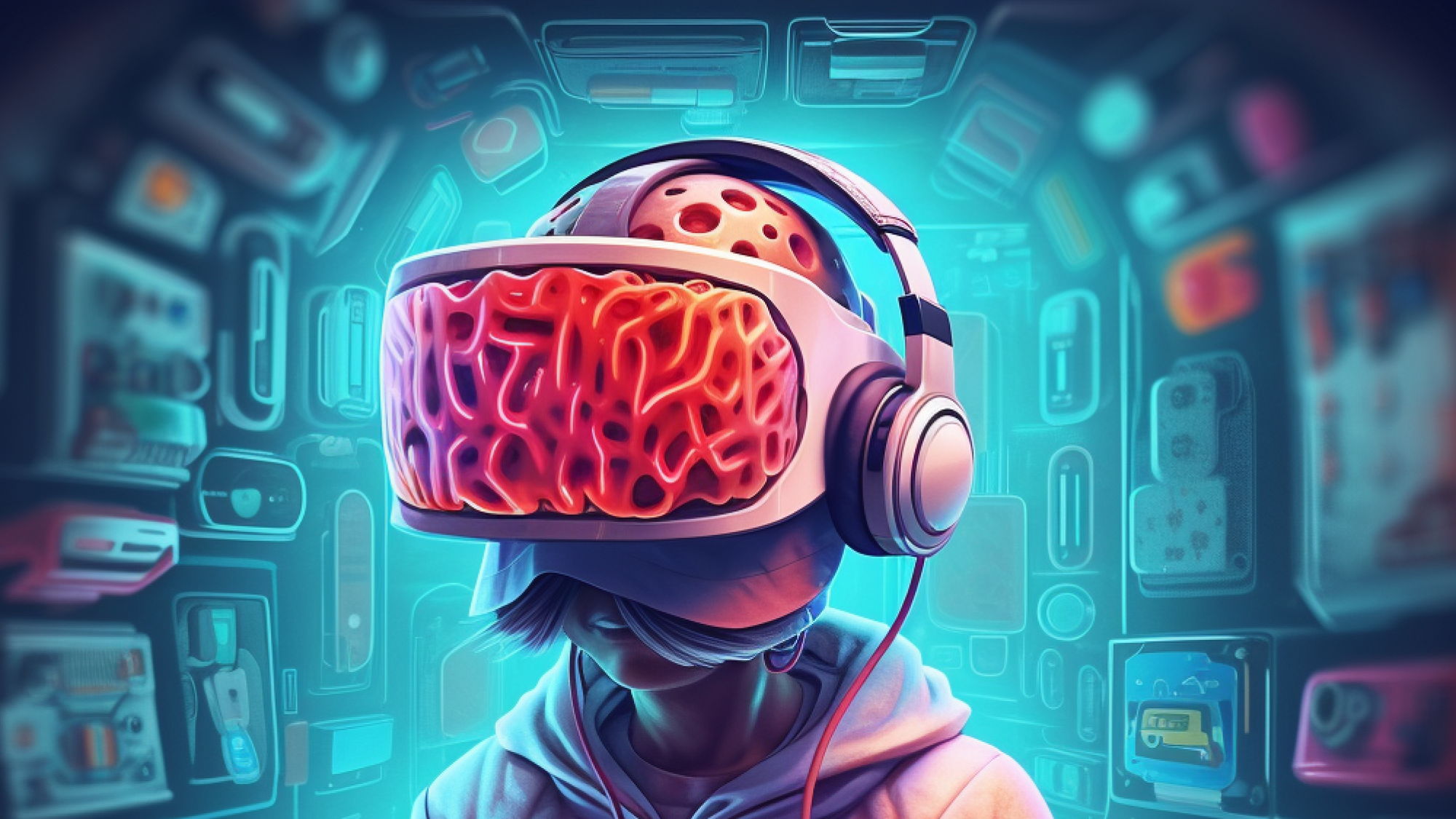
For as long as we could remember, it was believed that the brain remains the same once entering adulthood, unable to change or grow much further.
This belief, however, is untrue.
Neuroplasticity refers to the idea that the neuronal make-up of our brain can change in structure and connectedness.
Coined by the neuroscientist Jerzy Konorski in 1948 and introduced even far back, under the term ‘neuronal plasticity,’ in the early 1900s by the father of modern neuroscience, Spanish neuroscientist Santiago Ramón, neuroplasticity goes against the belief that brains remain the same after a specific age.
How experience changes our brain
Whatever age we are, new experiences can leave an imprint on the brain far deeper and ever-lasting than we think.
Whether that positive or negative, there have been decades of research indicating just how our brain changes from things like stress, anxiety, and other such experiences.

In fact, there is a family of proteins known as Toll receptors, which play a role in the immune system. These receptors have also been known to enable the brain to change its structure in response to experience.
Negative stimuli such as stress can do a lot more to our brain than we think. When we experience chronic stress, this can trigger inflammation across the body, which under repeated circumstances, can seep into the brain. High levels of repeated stress lead to chronic inflammation, which can have adverse effects on the brain, resulting in reduced motivation, mental agility, and decreased connectivity.
Chronic stress can also produce high levels of cortisol, a hormone that affects every organ and tissue in the body, primarily acting to regulate your body’s response to stress. When there are prolonged levels of cortisol, however, this can affect you badly by producing mood disorders and shrinking the hippocampus.
How we can improve neuroplasticity
But our brain doesn’t have to change from just negative experiences.
As mentioned earlier, neuroplasticity isn’t something that just happens out of nowhere.
There has been plenty of evidence showing that our environments can affect the way our brains are stimulated. This is especially true during the periods of childhood and adolescence. The more we surround ourselves in positive stimulating settings, the higher the chance our brain will develop positively for the better.
Some ways to improve neuroplasticity in our brain include doing some of the following:
- Explore and experience new things — Our brain shapes new connections and strengthens old ones whenever we experience new things. There have been studies that emphasize the importance of new experiences in enhancing learning. Experiences can reset our brain circuitry, and help us to become more adaptable to an ever-changing world. For example, traveling has been shown to enrich our environment, which in turn leads to further growth and reorganization of the brain. According to Paul Nussbaum, a clinical neuropsychologist from the University of Pittsburgh, “when you expose your brain to an environment that is novel and complex or new and difficult, the brain literally reacts.”
- Learn to play an instrument — Playing an instrument helps to boost cognitive ability and strengthen connections across the brain. Research shows that by playing an instrument, we learn to hear and interpret unique sounds, rewiring the normal course of neuronal communication by connecting the left and right hemispheres. As a result, our brains are able to process complex information better through more elaborate interconnectedness between motor, sensory, auditory, visual and emotional components of the nervous system. Studies have shown that children who practice an instrument at a young age have increased myelination, with higher levels of white matter found in the brains of those that play regularly.

- Learn a foreign language — The more languages you know, the greater your brain may be. In a 2009 study that compared monolingual children to those who grew up with a second language, they found that the kids that were bi-lingual had enhanced cognitive control. In addition, another study found that young adults that were proficient in two languages or more performed better on attention tests and had better concentration than those who only spoke one. Children with multiple languages showed greater performance in general intelligence and reading.
- Read regularly — Reading is not only a way to reduce stress, but it is a hobby that improves focus, memory, and increases overall brain power. When we read, researchers at Emory’s University Center for Neuropolicy have found that the connection between the area of our brain associated with language reception (the left temporal cortex) is strengthened. Moreover, further studies from Carnegie Mellon University indicate that reading in children helps to create more white matter, which improves communication.
- Be creative — Studies have shown that creating art, from drawing to writing, can help increase creativity in the brain. Not only do creative pursuits help to strengthen the connections in your brain, but it also produces new neural pathways that help to improve overall cognitive functioning and abilities. Research shows us that by doing more divergent thinking, there are observable changes in the dorsal anterior cingulate cortex, dorsal lateral prefrontal cortex, and posterior brain regions. There is also an increase in gray matter volume after such active training in this type of thinking.
- Exercise — There is no doubt that exercise is good for you. We all know this fact. But beyond improving our physical and mental health, regular exercise can help improve memory by preventing neuron loss in areas such as the hippocampus. Exercise has been shown to positively impact neurophysiological structures of the brain, and prevent cognitive decline.











